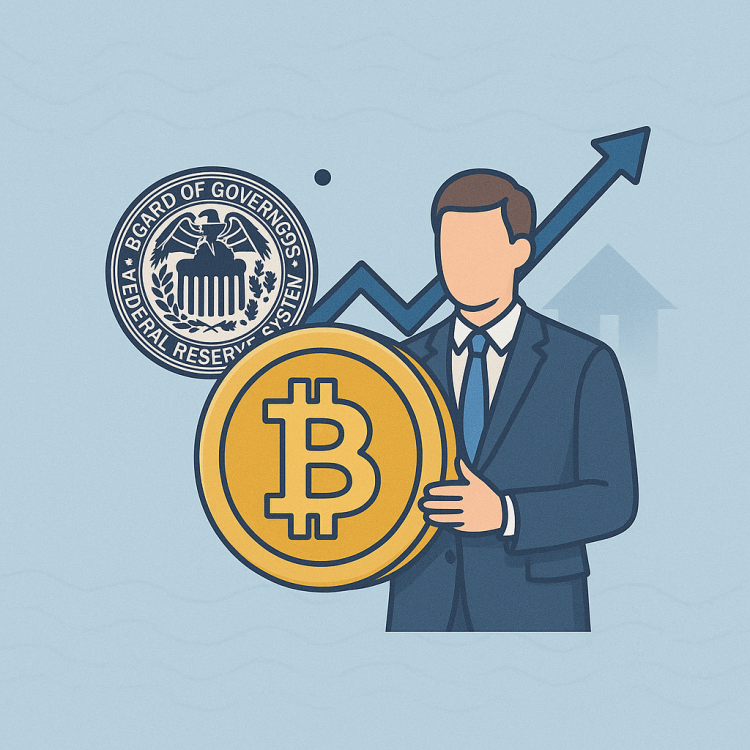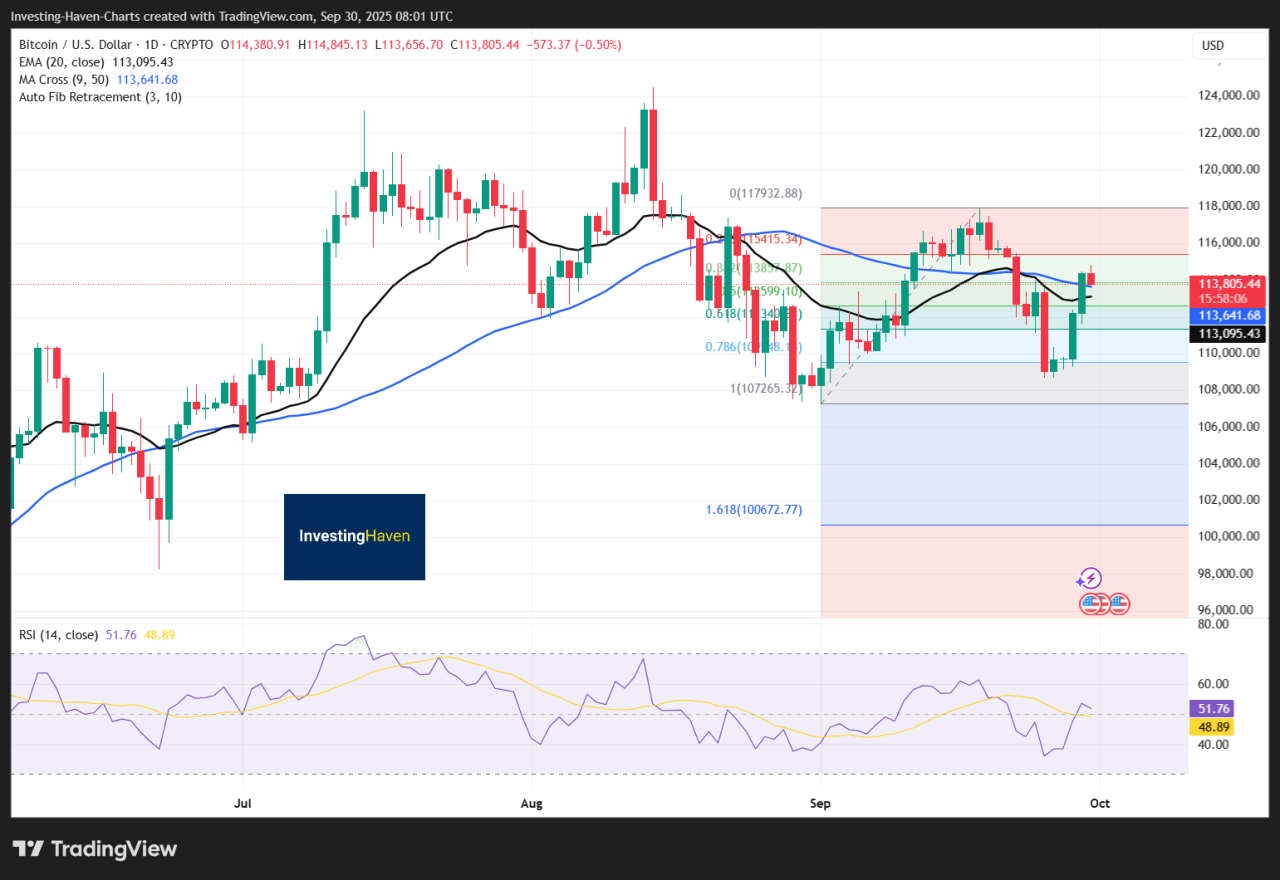Sovereign demand and the U.S. Strategic Bitcoin Reserve make central bank Bitcoin holdings plausible. Watch policy, legal, and accounting steps.
Deutsche Bank warns that central banks, including potentially the Federal Reserve, could add Bitcoin to official reserves, a shift made more likely by the U.S. Strategic Bitcoin Reserve created in March.
Bitcoin trades around $114,000 while gold recently set fresh records, according to its analysts.
Why Central Banks Might Add Bitcoin
Central banks seek reserve assets that preserve purchasing power and reduce portfolio risk. Bitcoin offers a fixed supply, growing liquidity and a low correlation with traditional assets, which makes it a credible diversification candidate.
Deutsche Bank analysts say Bitcoin now shares key features with gold, including scarcity, liquidity and limited counterparty risk.
Stronger institutional custody, clearer accounting approaches and rising sovereign acceptance raise the practical case for small, conservative Bitcoin allocations on reserve books.
They see partial reserve inclusion by 2030, which would boost sovereign Bitcoin demand and influence reserve choices.
ALSO READ: Is It Too Late To Buy Bitcoin In 2025?
How the U.S. Strategic Bitcoin Reserve Changes the Rules
The White House issued an executive order on March 6, 2025, creating a Strategic Bitcoin Reserve and a U.S. Digital Asset Stockpile under Treasury control.
The order directs that forfeited Bitcoin and other digital assets feed custodial accounts to be administered and held in reserve, and it tasks Treasury with establishing custody and accounting rules.
That formal step creates a government precedent and a public framework central banks can review, lowering political barriers to sovereign holdings. Any Federal Reserve purchase would still need legal authority, clear accounting guidance and policy approval from Congress or regulators.
RECOMMENDED: How Institutional Inflows & Regulatory Clarity is Fuelling Bitcoin as a Macro Asset
Market and Policy Implications
Fed Bitcoin purchases would lift long-term demand and could compress volatility as official holdings grow. Central banks will weigh accounting, custody and balance sheet rules before buying Bitcoin.
The Federal Reserve faces statutory limits and institutional checks, so any move would be gradual. Deutsche Bank sees Bitcoin and gold coexisting on reserve books by 2030, which would reshape reserve strategy significantly.
RECOMMENDED: Can You Create Wealth From Bitcoin?
Conclusion
Central-bank Bitcoin holdings look plausible because of the U.S. reserve and Deutsche Bank analysis, but any Fed buys will require law, accounting and regulator approvals.
Which Crypto Should You Invest In Right Now?
For alerts on the key crypto assets that are primed for investment right now you should consider Join the original blockchain-investing research service — live since 2017.
InvestingHaven alerts come from a proprietary 15‑indicator methodology built over 15+ years of market experience.
You’ll be following the service that identified major turning points through crypto winters and bull runs alike
Act now and see why thousands trust us to deliver signals before markets move.
This is how we are guiding our premium members (log in required):
- Crypto Consolidation: When Will Bullish Momentum Return? (Sept 28)
- Is Meme Season Underway? (Sept 19th)
- Alt Season Is Brewing, In Silence. These 3 Charts Tell The Crypto 2025 Story. (Sept 10th)
- Is A Trendless Crypto Market Good or Bad? The Current and Emerging Winners Look Awesome. (Sept 7th)
- BTC Testing Long Term Trendline. Here Is Short and Long Term Guidance. (Aug 26th)
- Crypto – To Break Out Or Not To Break Out? (Aug 23rd)
- What Happened This Week? Leading Indicator Analysis and 7 Token Charts. (Aug 16th)









